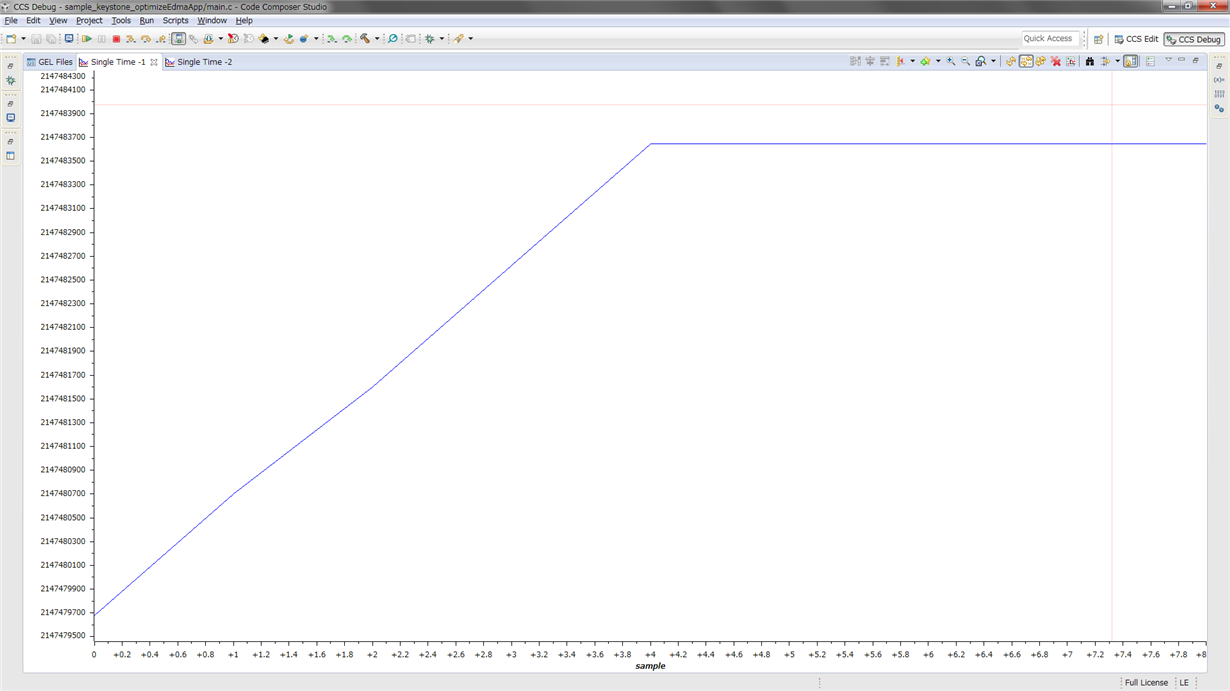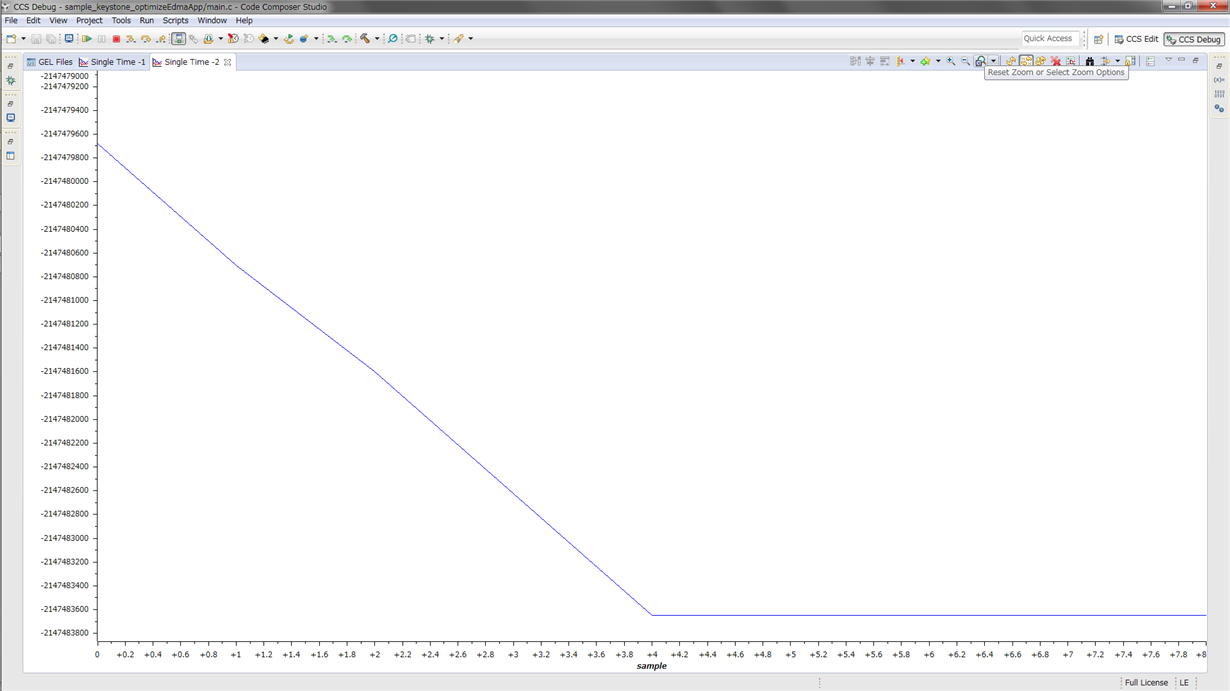Hi,
My customer is using _dspint () intrinsic function and they has a question about its behavior.
It seems it handles data as below:
- For a single precision floating point value smaller than -(2^31), _dspint() converts it as -(2^31).
- For a single precision floating point value larger than 2^31-1, _dspint() converts it as 2^31-1
I suggested them to see the following manual:
4.140 DSPINT
But, it seems this does not elaborate its behavior about the above corner cases.
I believe _dspint() handles the data correctly, but please let me confirm this is expected behavior.
Also, do you have any other manuals to understand _dspint() behavior more deeply ?
Best Regards,
Naoki



